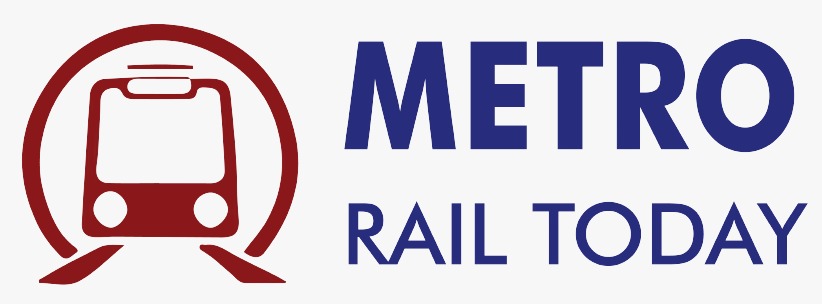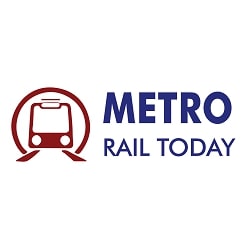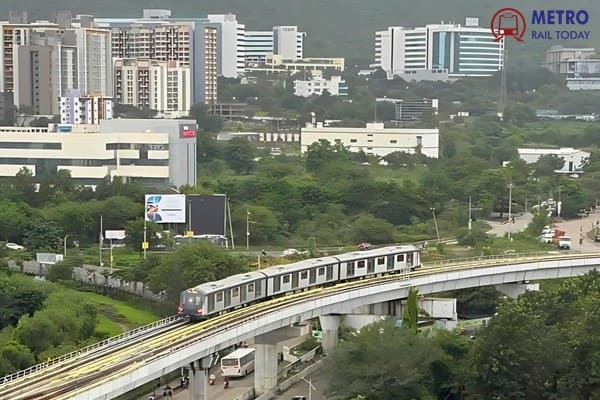 Chandigarh Metro cost jumps to ₹25,000 crore amid project execution delays
Chandigarh Metro cost jumps to ₹25,000 crore amid project execution delays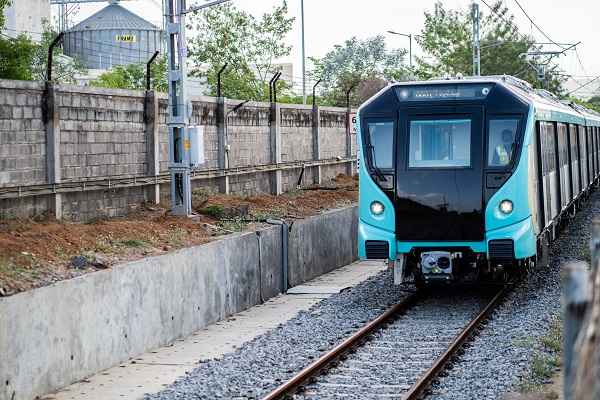 MMRC set to launch final stretch of Mumbai Metro Line 3 (Aqua Line) on September 30
MMRC set to launch final stretch of Mumbai Metro Line 3 (Aqua Line) on September 30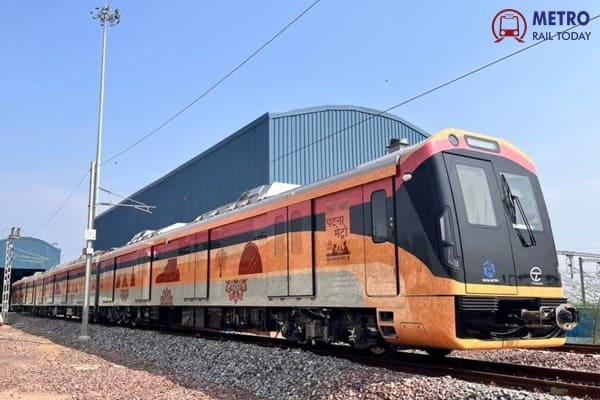 CMRS conducts safety inspection of priority section of Patna Metro Rail Project
CMRS conducts safety inspection of priority section of Patna Metro Rail Project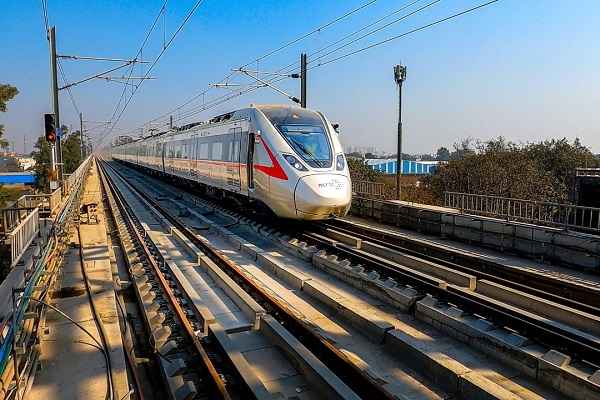 NCRTC completes geotechnical survey for ₹15,000 Cr Gurugram–Greater Noida RRTS Corridor
NCRTC completes geotechnical survey for ₹15,000 Cr Gurugram–Greater Noida RRTS Corridor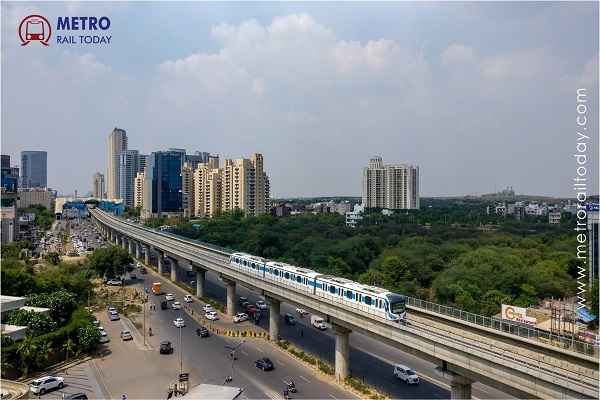 GMRL to take over Gurugram Rapid Metro Operations from DMRC
GMRL to take over Gurugram Rapid Metro Operations from DMRC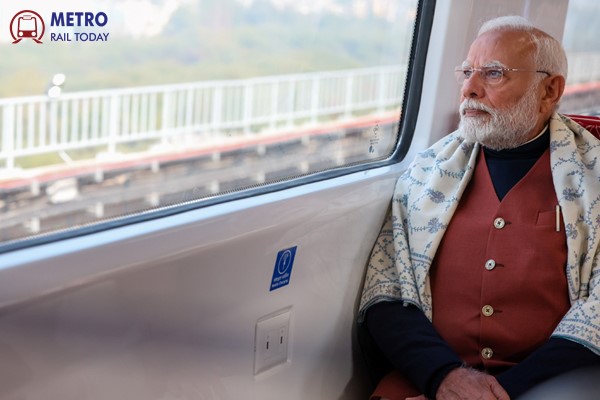 Under Narendra Modi's Leadership: The Transformative Journey of India's Metro and Rail Network
Under Narendra Modi's Leadership: The Transformative Journey of India's Metro and Rail Network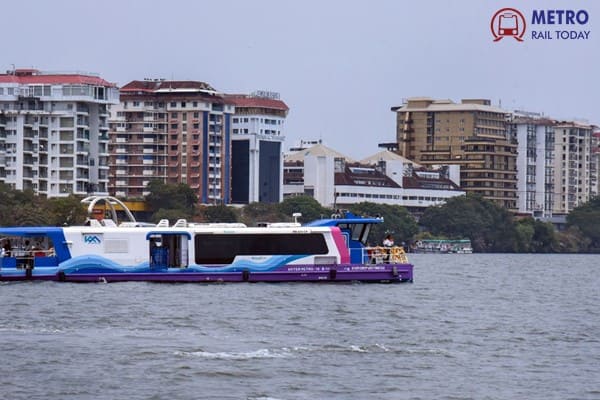 Kochi Metro bags contract to prepare DPR for Mumbai Water Metro Project
Kochi Metro bags contract to prepare DPR for Mumbai Water Metro Project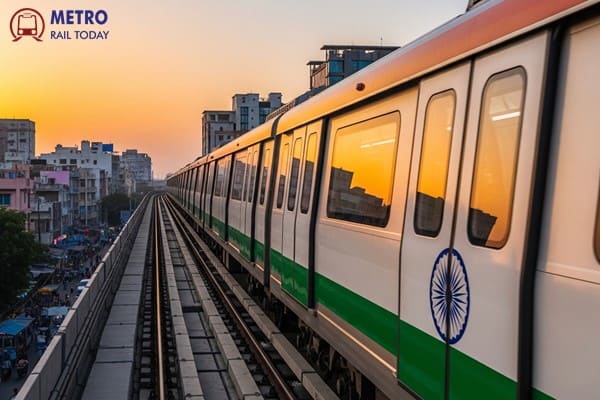 Six Firms Bid for first Civil Work Contract of Thane Metro Rail Project
Six Firms Bid for first Civil Work Contract of Thane Metro Rail Project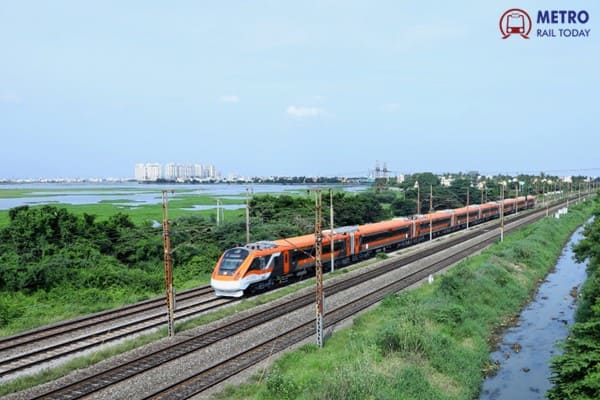 Kineco Group acquires UK-Based TRB Lightweight Structures to bolster Global Rail Interiors Business
Kineco Group acquires UK-Based TRB Lightweight Structures to bolster Global Rail Interiors Business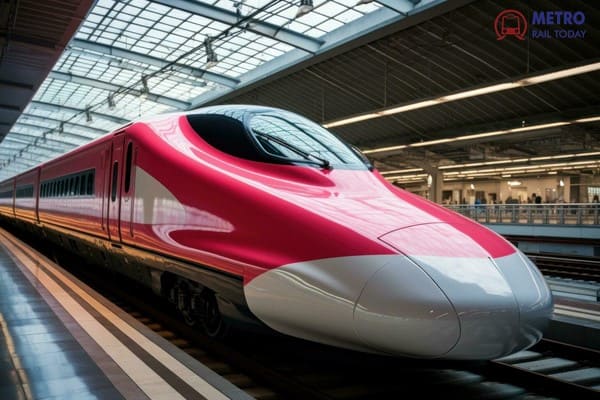 BEML partners with Knorr-Bremse to equip India’s First High-Speed Trains
BEML partners with Knorr-Bremse to equip India’s First High-Speed Trains
Survey conducted on Hyderabad Airport Metro Corridor to finalize alignment
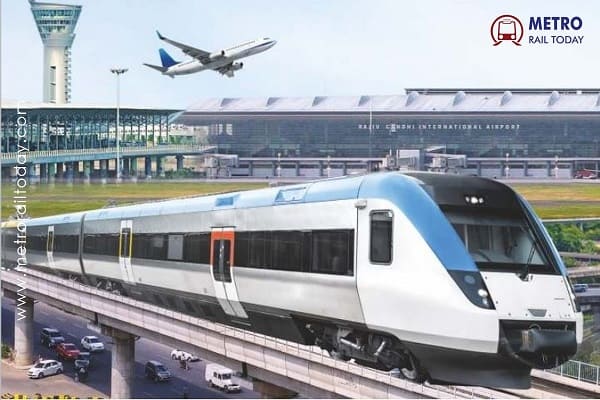
Hyderabad, India (Metro Rail Today): Officials from the Hyderabad Airport Metro Rail Limited (HAMRL) and Hyderabad Metro Rail Limited (HMRL) undertook a meticulous survey spanning 14 kilometers to determine the alignment of the Airport Metro and identify potential station locations. Managing Director NVS Reddy led the survey from Nagole to Chandrayangutta, marking the initial segment of the Airport Metro.
During the survey, NVS Reddy, Managing Director of HMRL provided crucial recommendations to address obstacles along the route. He highlighted the need for careful planning of land acquisition, especially due to the presence of flyovers between Nagole and Chandrayangutta. Reddy emphasized the importance of strategically locating the new Nagole Airport Metro station near the current station, with plans for a skywalk to link the two stations.
Furthermore, officials proposed shifting the alignment approximately 10 meters to the left near Musi to avoid disrupting utilities. They suggested considering a new station after crossing Musi to enhance connectivity to Kothapet junction and nearby colonies. Additionally, plans were discussed to position the proposed Nagole RTO station close to the Alkapuri junction for better connectivity to the Outer Ring Road (ORR).
Addressing challenges around LB Nagar Metro station, officials emphasized the need for careful planning due to the presence of an underpass and two flyovers. Plans included linking the new station to Corridor-I (Miyapur-LB Nagar) with a broad skywalk equipped with walkalators for passenger convenience. Observations were made regarding potential infrastructure challenges, particularly at Bairamalguda/Sagar Road junction, where multiple flyovers necessitate adjustments to reduce the height of the Airport Metro line.
Furthermore, officials highlighted the importance of strategically locating Metro stations at Mythri Nagar, Karmanghat, Champapet road junction, Owaisi Hospital, DRDO, Hafiz Baba Nagar, and others near junction points to serve adjacent colonies effectively. Reddy acknowledged the engineering challenges associated with constructing the Chandrayangutta interchange station, particularly due to the presence of a flyover in the area. He stressed the need for proper integration of both corridors, ensuring height adjustments to concourse and platform levels.
In concluding the survey, Reddy instructed officials to seek inputs from traffic police and the general public regarding the location and finalization of station names, emphasizing the importance of community engagement in the planning process.
